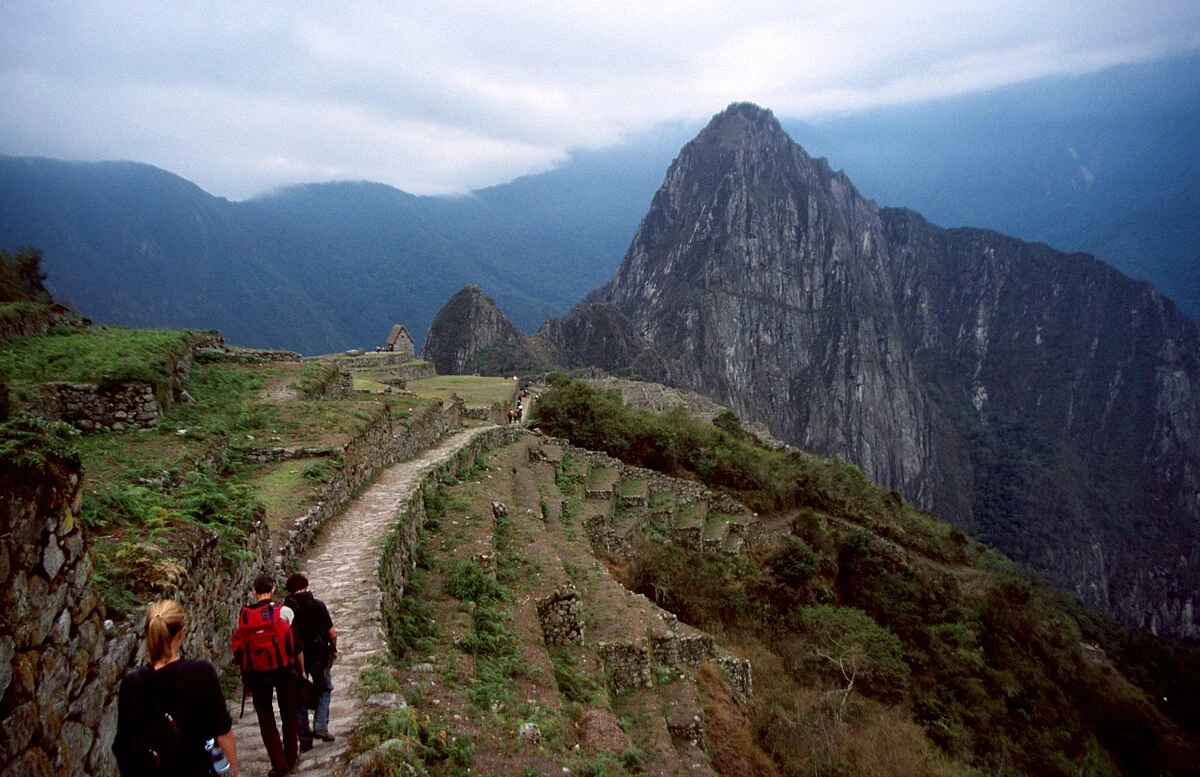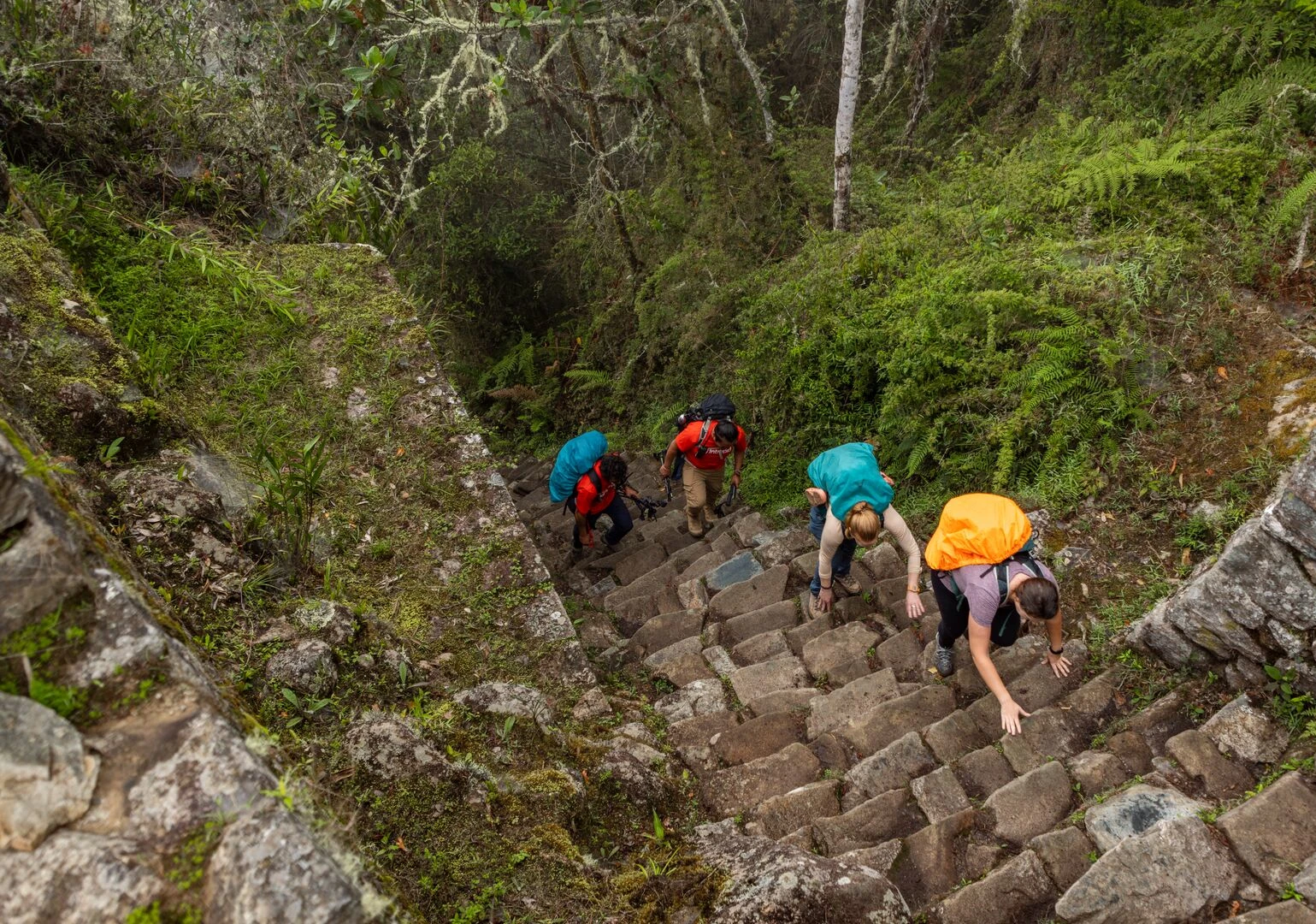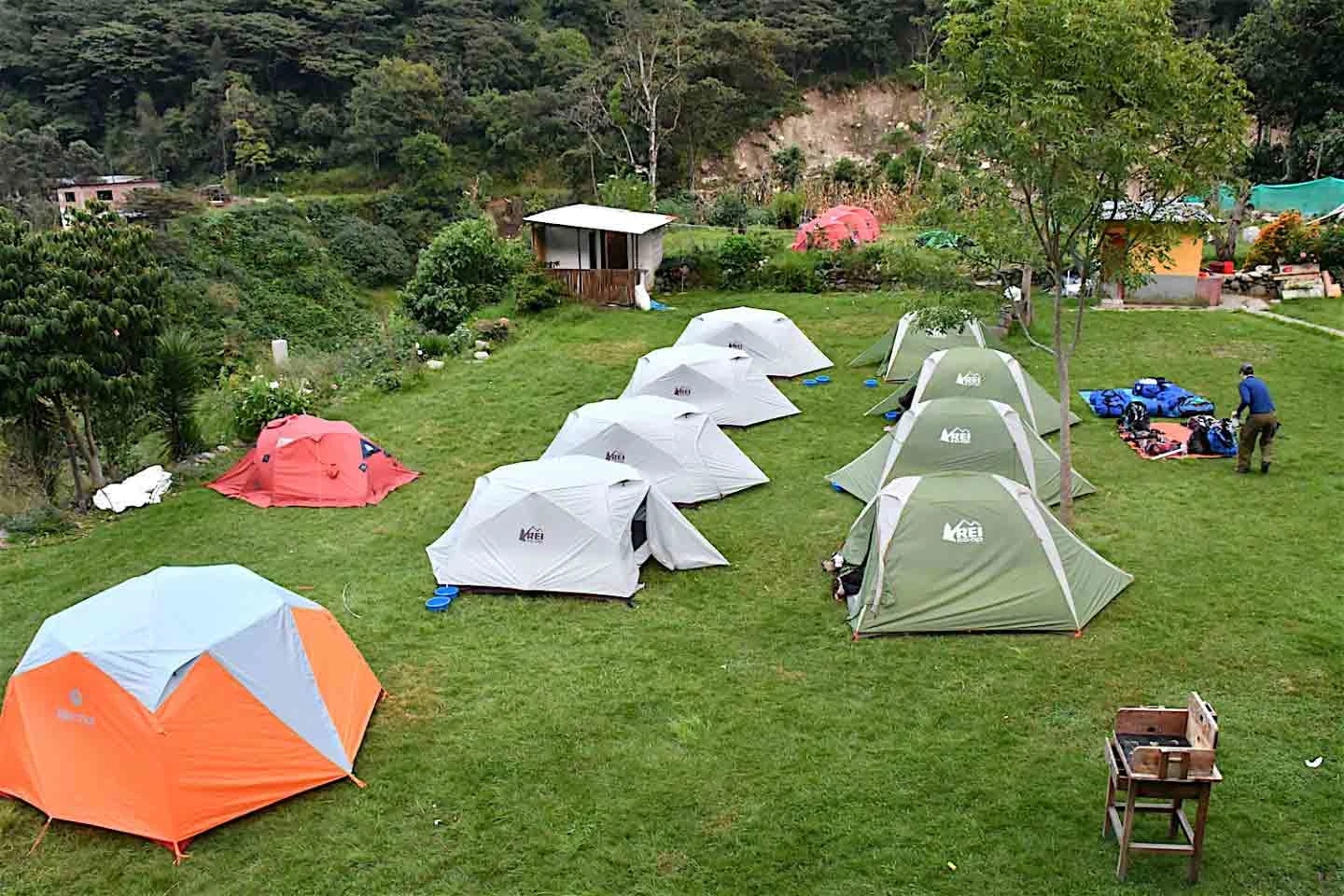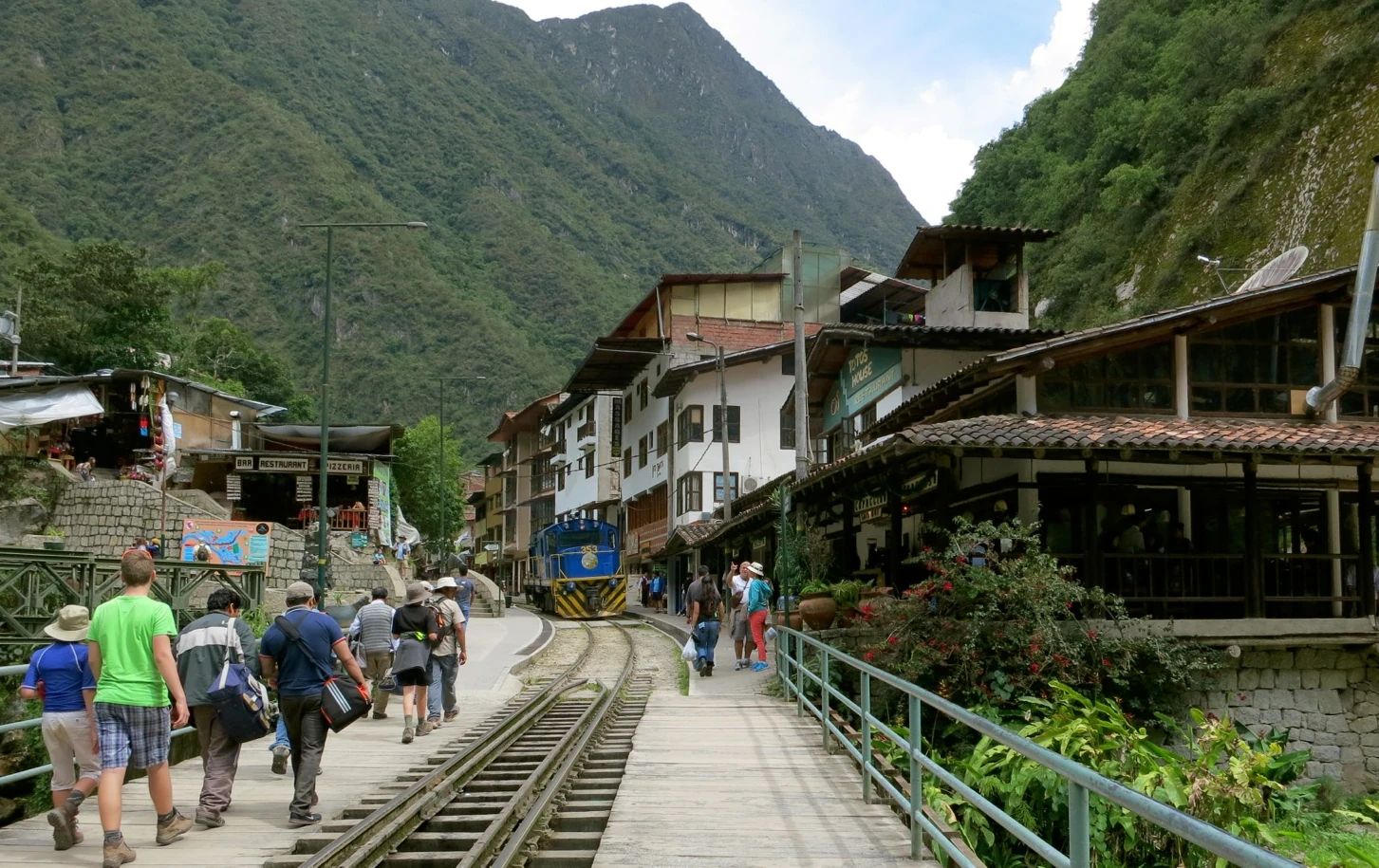Embarking on the Inca Trail is more than just a hike; it’s a journey through history, culture, and breathtaking landscapes. Whether you’re a corporate executive seeking a well-organized escape, a freelance photographer in search of stunning vistas, or an academic researcher delving into cultural insights, this guide will help you navigate the complexities of this iconic trek.
The Inca Trail, leading to the majestic Machu Picchu, is one of the most famous treks in the world. Spanning approximately 26 miles, it offers a perfect blend of beautiful scenery, archaeological wonders, and a peek into the ancient Incan civilization.
Overview of the Journey

The Inca Trail is steeped in history, as it was once part of a vast network of roads that connected the expansive Incan Empire. Walking these paths, you can almost feel the echoes of history underfoot. The trail was used by messengers, soldiers, and pilgrims on their way to the sacred city of Machu Picchu, providing a tangible link to the past.
Along the trail, hikers encounter several significant archaeological sites, each offering a glimpse into the ingenuity of the Incan civilization. Sites like Wiñay Wayna showcase terraced fields and intricate stonework that reveal the advanced engineering skills of the Incas. These structures have withstood centuries, bearing witness to a once-powerful empire.
The Inca Trail traverses diverse ecosystems, from lush cloud forests to stark high-altitude plains. The scenery is ever-changing, offering hikers a chance to experience the rich biodiversity of the Andes. Orchids, hummingbirds, and spectacled bears are just a few examples of the wildlife that can be spotted along the way, adding to the trail’s allure.
Planning Your Inca Trail Adventure
Planning your Inca Trail journey requires a balance of logistics, timing, and preparation. Here’s what you need to consider:
The best time to hike the Inca Trail is during the dry season, from May to September. During these months, the weather is more predictable, with clear skies ideal for hiking and photography. Avoid the rainy season, as trails can become slippery and more challenging to navigate.
Understanding the weather patterns is crucial for a successful hike. The dry season offers sunny days and cooler nights, providing ideal conditions for trekking. However, temperatures can drop significantly at night, so it’s essential to be prepared for varying conditions.
The dry season also coincides with peak tourist season, meaning the trail can become crowded. Booking early is essential to secure a spot, and being aware of the busy periods can help you plan a more peaceful hike.
If you prefer solitude and don’t mind a bit of rain, consider hiking during the shoulder months of April or October. These months offer a quieter experience, with lush landscapes and fewer trekkers sharing the path.
Preparing for the Hike

Inca Trail tours are highly regulated to preserve the trail, so it’s essential to book your tour months in advance. Permits are limited and can sell out quickly, especially during peak season. Consider booking with reputable tour operators who offer knowledgeable guides and comprehensive packages that include meals, transportation, and camping equipment.
Selecting a tour operator involves more than just comparing prices. Look for companies that prioritize sustainability and employ local guides who can offer authentic insights into the region’s culture and history. Reviews and recommendations from past trekkers can be invaluable in making your choice.
The Permit Process for the Inca Trail
Permits for the Inca Trail are strictly controlled, with only a limited number available each day. It’s crucial to understand the permit process and book well in advance to secure your spot. Be aware of the different options, such as group tours or private treks, and choose what best fits your preferences.
When comparing tour packages, consider what is included in the price. Look for tours that provide all necessary equipment, meals, and transportation to and from the trailhead. Some operators also offer cultural experiences or additional excursions that can enrich your journey.
Essential Gear and Packing List
Packing smartly is crucial for a successful hike. Essentials include:
- Hiking Boots: Comfortable and broken-in, with good ankle support.
- Clothing: Layered clothing to adapt to changing temperatures.
- Gear: Trekking poles, a good quality backpack, and a sleeping bag.
- Miscellaneous: Sunscreen, insect repellent, and a reusable water bottle.
Quality Gear
Layered clothing is vital for adapting to the trail’s fluctuating temperatures. Start with moisture-wicking base layers, add insulating mid-layers, and top off with a waterproof outer layer. Don’t forget a hat and gloves for warmth, and a wide-brimmed hat and sunglasses for sun protection.
Investing in quality gear can make a significant difference in comfort and safety. Trekking poles help maintain balance and reduce strain on your knees, while a sturdy backpack distributes weight evenly. A reliable sleeping bag rated for cold temperatures ensures restful nights under the stars.
Health and safety should be a top priority. Pack a first aid kit with essentials like band-aids, antiseptic wipes, and blister treatment. Include altitude sickness medication if recommended by your doctor, and ensure you have adequate travel insurance that covers trekking activities.
The Inca Trail Experience

The Inca Trail is divided into several sections, each offering unique experiences. Here’s a day-by-day breakdown:
Starting from the trailhead at km 82, you’ll pass through lush forests and ancient ruins. The relatively gentle terrain allows you to acclimate to the altitude and enjoy the scenic beauty.
The first leg of the journey sets the tone for the adventure ahead. Hikers begin by crossing the Urubamba River, surrounded by breathtaking views of the snow-capped Veronica Mountain. As you make your way to the first campsite at Wayllabamba, you’ll encounter small villages and terraced farmlands that offer a glimpse into rural Andean life.
Acclimatization
Acclimatizing to the altitude is crucial, especially on the first day. Take it slow, stay hydrated, and listen to your body. Many trekkers find that chewing coca leaves or drinking coca tea helps alleviate mild altitude sickness symptoms.
As the day concludes, you’ll settle into your first camp. Enjoy a hearty meal prepared by your guides and take the opportunity to relax and stargaze. The remote location offers a clear view of the night sky, with countless stars twinkling above the Andes.
This is the most challenging day, as you ascend to the trail’s highest point, Dead Woman’s Pass, at 13,828 feet. The effort is rewarded with panoramic views of the Andes.
The climb to Dead Woman’s Pass is a test of endurance, as the trail ascends steeply through a series of switchbacks. The altitude and thin air make the climb strenuous, but the sense of achievement upon reaching the summit is unparalleled. Take time to admire the sweeping views of the surrounding valleys and peaks.
Altitude can affect everyone differently, so it’s important to pace yourself and take regular breaks. Your guides will encourage you to go “poco a poco” (little by little) to avoid overexertion. Breathing deeply and maintaining a steady rhythm can help manage the physical demands of the climb.
Dead Woman’s Pass
After conquering Dead Woman’s Pass, the trail descends into the Pacaymayo Valley. The downhill trek is a welcome respite, allowing you to catch your breath and enjoy the changing scenery. The second campsite at Pacaymayo offers a chance to rest and recharge for the days ahead.
Descend into the cloud forest, visiting archaeological sites like Runkurakay and Sayacmarca. This day offers the opportunity to learn about Incan history while surrounded by diverse flora and fauna.
The day begins with a visit to Runkurakay, an Incan outpost used by messengers and soldiers. The circular structure provides insight into the strategic importance of the trail. As you explore the ruins, your guide will share stories of the Incan Empire and its sophisticated communication systems.
Sayacmarca
Sayacmarca, meaning “Inaccessible Town,” is perched on a rocky promontory, offering stunning views of the valley below. The intricate stonework and narrow pathways demonstrate the Incas’ architectural prowess. Take time to wander the site and imagine life in this isolated outpost.
The trail descends into a lush cloud forest, where orchids and bromeliads thrive in the humid environment. Keep an eye out for wildlife, such as colorful birds and elusive spectacled bears. The rich biodiversity adds another layer to the trail’s allure, making this section a favorite among nature enthusiasts.

Sun Gate
Wake up early to reach the Sun Gate at sunrise, where you’ll catch your first glimpse of Machu Picchu. Spend the day exploring the ancient city, with the option to climb Huayna Picchu for awe-inspiring views.
Arriving at the Sun Gate as the first light of dawn illuminates Machu Picchu is a moment that words can scarcely describe. The view is breathtaking, as the mist lifts to reveal the iconic ruins nestled among the mountains. It’s a fitting finale to the journey, rewarding your efforts with an unforgettable panorama.
Take your time to wander through the ancient city, marveling at the precision of the stonework and the ingenuity of the Incas. Your guide will lead you through key sites, explaining the significance of each structure and the mysteries that still surround this remarkable place.
Alternative Treks and Routes
For those seeking an added adventure, a climb up Huayna Picchu offers a different perspective on hiking Machu Picchu. The steep ascent is challenging but worthwhile, providing stunning views of the ruins and the surrounding landscape. Be sure to secure a permit in advance, as access is limited.
The Salkantay Trek
For those seeking less-traveled paths, consider the Salkantay and Ausangate treks. These routes offer stunning landscapes, from snowy peaks to turquoise lakes, and a deeper connection with nature.
This trek is a challenging alternative to the Inca Trail, taking you through diverse ecosystems and offering views of the Salkantay Mountain.
The Salkantay Trek is renowned for its dramatic scenery, with towering glaciers and lush jungles creating a stark contrast. The trail takes you over the Salkantay Pass at 15,213 feet, providing breathtaking views of the snow-capped Salkantay Mountain, considered sacred by the local people.
Hikers experience a wide range of terrains, from high-altitude plateaus to dense cloud forests. The diversity of ecosystems makes this trek a favorite for those who love nature and adventure. Each day offers new landscapes to explore, ensuring the journey is never monotonous.
The Salkantay Trek also provides opportunities to interact with local communities. As you pass through small villages, you’ll have the chance to learn about traditional Andean lifestyles and customs. These cultural exchanges enrich the trekking experience, offering insights into the region’s heritage.
The Ausangate Trek
Ideal for seasoned hikers, the Ausangate Trek leads you through remote Andean landscapes, passing by glacial lagoons and traditional Quechua communities.
The Ausangate Trek is a true wilderness experience, taking you into the heart of the Andes. With fewer trekkers on the trail, you’ll enjoy a sense of solitude and connection with nature. The route encircles the Ausangate Mountain, offering unparalleled views of its majestic peaks.
One of the trek’s highlights is the series of glacial lagoons, each with its own unique color and charm. These serene bodies of water reflect the surrounding mountains, creating picture-perfect scenes. The vibrant hues of the lakes are a result of mineral deposits, adding to their otherworldly beauty.
Along the Ausangate Trek, you’ll encounter traditional Quechua communities, where life has changed little over the centuries. The chance to witness age-old customs and practices offers a window into a way of life that has endured despite modern influences. Engaging with the locals can provide memorable cultural insights.
Photography Opportunities
Understanding the cultural nuances of the Inca Trail can enrich your experience and enhance your photography:
When engaging with local communities, approach with respect and an open mind. The Andean people are known for their warmth and hospitality, and learning about their traditions can deepen your appreciation of the region. Simple gestures, like learning a few words in Quechua, can go a long way in building connections.
Photography enthusiasts will find endless opportunities to capture the trail’s beauty. The best times for photography are early morning and late afternoon when the light is soft and golden. Experiment with different angles and compositions to capture both the grand landscapes and the intimate details that tell the story of the trail.
When photographing local people and communities, always ask for permission first. Respect their privacy and be mindful of cultural sensitivities. Offer to share your photos with them, and avoid taking pictures that could misrepresent or exploit the subjects.
Aguas Calientes

Finish your journey in Aguas Calientes, the gateway to Machu Picchu. This charming town offers hot springs, local cuisine, and a chance to relax after your trek.
After the physical demands of the trek, a visit to the hot springs in Aguas Calientes is a welcome indulgence. Soak in the warm mineral waters as you unwind and reflect on your journey. The natural setting provides a tranquil atmosphere, perfect for relaxation.
Aguas Calientes boasts a variety of dining options, allowing you to savor the flavors of Peruvian cuisine. From traditional dishes like ceviche and lomo saltado to international fare, there’s something to satisfy every palate. Don’t miss the chance to try locally grown coffee and chocolate, renowned for their quality.
Embracing the Inca Trail Journey
Before departing, explore the town’s markets for unique souvenirs that capture the spirit of your adventure. Handcrafted textiles, pottery, and jewelry make for meaningful mementos. As you browse, you’ll find that each item tells a story of the region’s rich cultural heritage.
The Inca Trail is a transformative experience that combines natural beauty, history, and culture. By planning carefully and embracing the journey with an open heart, you’ll gain memories and insights that last a lifetime. Whether you’re capturing the perfect photograph, conducting meaningful research, or simply seeking a well-deserved escape, this guide equips you with the knowledge to embark on your adventure with confidence. Safe travels!


















